Tourism is an important sector in the economy of many countries. Prior to the pandemic, in 2019, the contribution of tourism to the global economy was $3.5 trillion. This figure declined significantly due to the pandemic. In 2020, global tourism revenue was $1.6 trillion. Despite this indicator rising to $1.9 trillion in 2021, it is still well below the pre-pandemic value.
Statistics from United Nations World Tourism Organization (UNWTO) showed that the United States earned $214.5 billion from foreign tourists, which is the largest portion of the global tourism revenue. This figure represented 1.1% of the US GDP. Two other destination with most tourism revenue are Spain ($81.5 billion) and France ($65.5 billion. In addition, Maldives earned $2.7 billion from tourism, which amounted to 60% of the country's GDP.
According to the UNWTO data, as of January 2020, the most popular tourist destinations were France, Spain and the US. 1.5 billion international tourist arrivals were recorded in 2019, globally. This figure dropped to 400 million in 2020. However, in 2021, statistics showed that the number of tourists increased by 4% to 415 million.
In 2020, which can be rightly called the “Pandemic Year”, the number of tourists from 6 countries was only 10 million.
The World Tourism Organization said that, before the pandemic, Central Asia became one of the major tourism destinations. This also led to the increase of the share of tourism in the GDP of Central Asian countries.
Turkmenistan has great potential for tourism. Most Central Asian cities are located along the main trade route of the Great Silk Road, connecting east and west. The favorable geographical location along the Great Silk Road of the neighboring countries to Turkmenistan implies great opportunities to promote the image of these countries.
Tourism in Turkmenistan has been rapidly developing in the previous years. The country has three sites included in the UNESCO World Heritage List: Ancient Merv, Nisa and Koneurgench.
Ancient Merv, located in Bayramali, was included into the UNESCO World Heritage List in 1999. The ruins of the largest fortresses and architectural monuments are located in Ancient Merv, which was of strategic importance as a cultural and political center in ancient times. In the XII century Merv was one of the cultural and political centers of the Islamic world, along with such major cities as Baghdad, Cairo and Damascus. Merv was at its peak of prosperity during the Seljuk rule in the XI-XII centuries.
Situated in 2 kilometers from each other not far from the Turkmen capital the Old and New fortresses of Nisa are the most important archaeological monuments of antiquity and were also included in the List of World Heritage of UNESCO.
According to historical sources, Nisa was built in the III century B.C. during the rule of the Parthian Empire, one of the most powerful states of the era. Despite being two thousand years old, the fortress has managed to preserve the traces of a culture resulting from the mixture of ancient Greek and Roman art.
The ancient capital of Khorezm – Koneurgench is home to such monuments as mausoleums of Najm al-Din al-Kubra, Sultan Ali, Piryarveli, Turabek-khanum, Khorezmian padishahs Tekesh, Arslan II and Seyid Ahmed, minaret of Kutloug-Timur and the caravanserai gate. These ancient monuments were included in the UNESCO World Heritage List in 2005.
In addition, there are numerous tourist spots on the shores of the Caspian Sea in Turkmenistan, including the Avaza National Tourist Zone. The country also has many tourist areas for observing wildlife, such as the Karakum Desert.
Nurmyrat Mommayev,
PhD Candidate at Marmara University's Department of Political Science and International Relations in Istanbul, Turkey

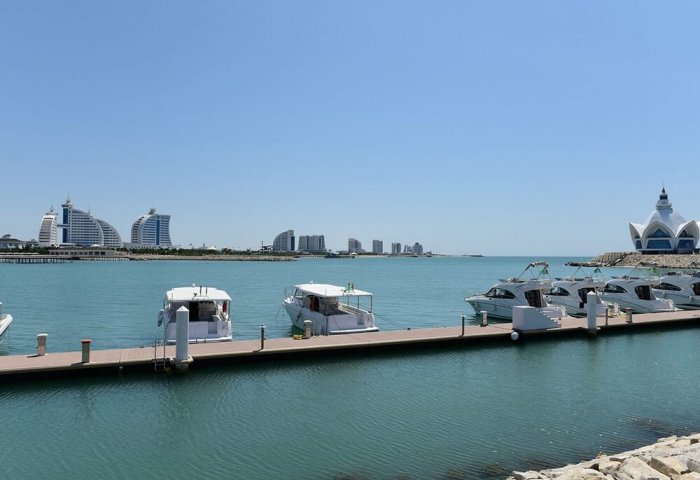



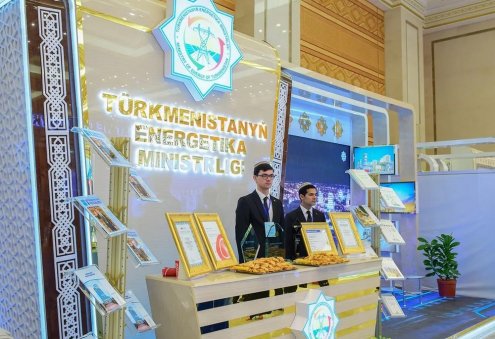
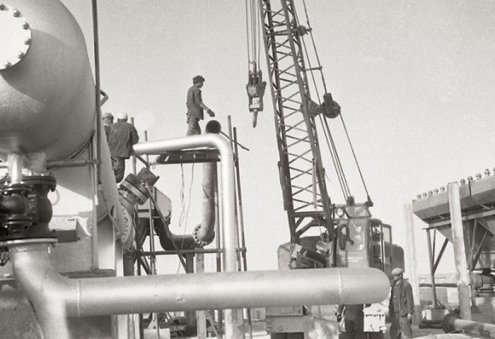
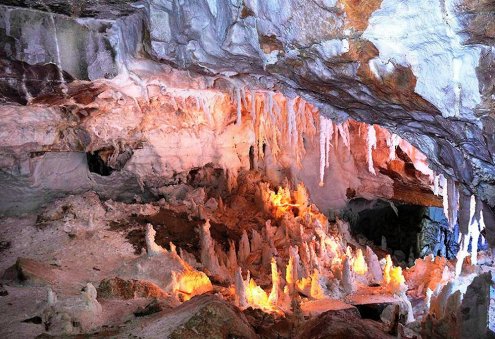
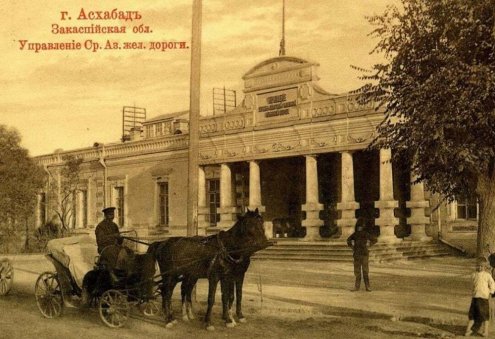
30635-90x604.jpg)




30625-90x604.jpeg)
_(1)30624-90x604.jpg)


